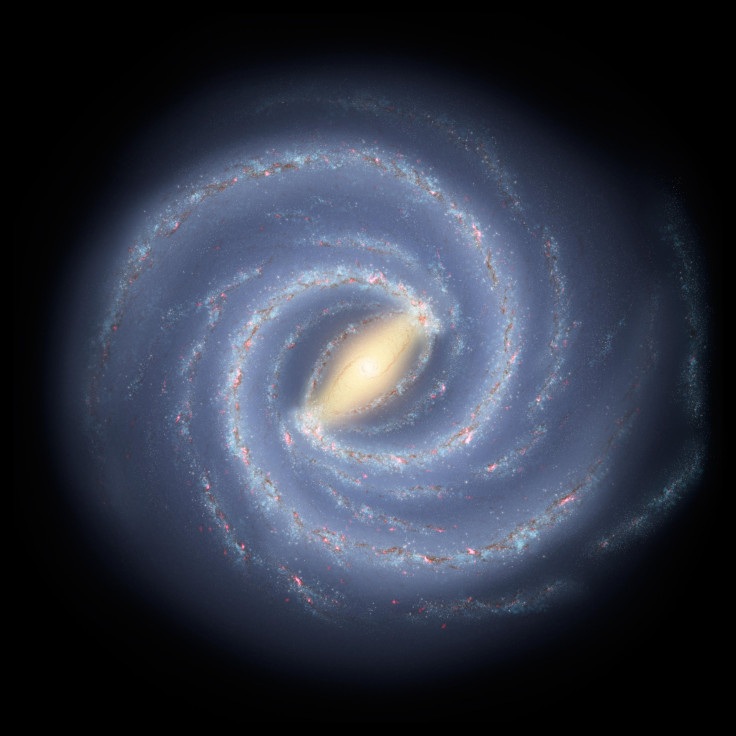Galactic Jazz? Listen To Strange Sounds Made By Milky Way’s Rotation

An astronomer has expressed the rotation of our galaxy in a musical composition which sounds a lot like jazz.
Astronomer Mark Heyer from the University of Massachusetts Amherst developed a sophisticated algorithm and used it to translate astronomical data relating to the movement of gases in our galaxy into musical notes titled “Milky Way Blues.”
“This musical expression lets you ‘hear’ the motions of our Milky Way galaxy,” Heyer said in a statement. “The notes primarily reflect the velocities of the gas rotating around the center of our galaxy.”
The space between stellar bodies in galaxies is filled basically with three phases of gases — atomic, molecular, and ionized. They have been spotted in years of astronomical observations, but all those images work as a snapshot in time and do not reflect the movement of gases, something that music does in this case.
The researcher used data captured by radio telescopes over past 20 years and assigned different musical tones and notes. The pitch and length of the notes were determined on the basis of velocity and intensity of the gases in question.
Finally, various instruments were used to express the movement of different gas phases in a musical tone. Wood-block and piano were used to play the sound of molecular gases, while acoustic bass for atomic gas and saxophone for ionized gas.
To complete the two-minute long composition with a visual element, the researcher took help from Greg Salvesen, an astronomer from the University of California, and integrated the composition into a detailed video.
High notes and blue colors featured in the video represent the movement of gases towards Earth, while red colors and low notes indicate gases moving away.
“Each observation is represented by a line showing where the telescope was pointing and the positions of the circles along a line show the locations of the gas in the galaxy responsible for the played notes,” Heyer said.
Longer notes and bigger circles in the clip represent more intense levels of gas emissions.
The sound of the composition sounds very similar to jazz, but Heyer stressed he has not edited the melody.
“I’ve been true to the data, I haven’t massaged it to make it sound nice, but by turning what we actually observe with a radio telescope into a musical scale it gives us familiar tones that sound surprisingly like music with which we’re familiar.”
In addition, the astronomer also noted he is not the first one to express features of the cosmos in musical terms. He cited the example Johannes Kepler who described planetary orbits around the sun in his composition “Harmonies of the World” way back in 1619. This as well as all other more recent conversions of astronomical data into musical scores have been featured on the website Astronomy Sound of the Month.
© Copyright IBTimes 2025. All rights reserved.





















